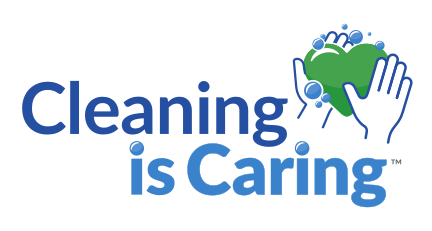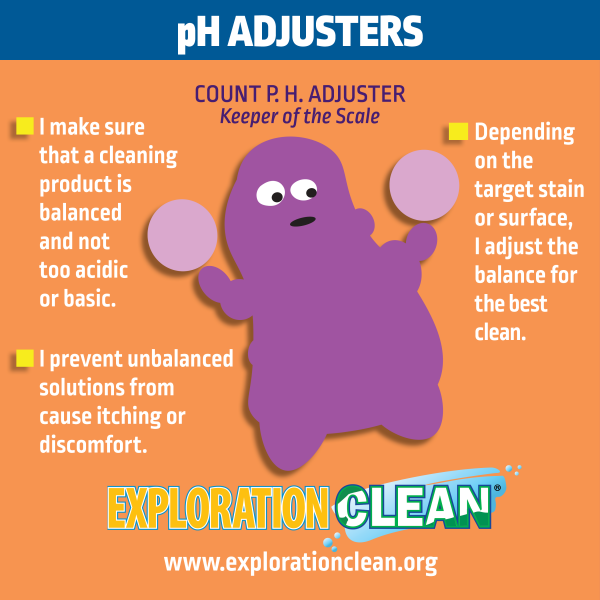Every cleaning product needs to be “balanced” to work well and to be safe upon contact with your skin. To achieve this balance, chemists use pH adjusters.
Ranging from 0 to 14, the pH scale measures how acidic or basic (also known as alkaline) a substance is when dissolved in water. A pH in the lower half of the range, between 0 to 6, is considered acidic. Wine and lemon juice are examples of acids. A pH in the upper half of the range, between 8 to 14, is considered basic. An example of a base is blood. At the middle of the pH range is 7, which is widely considered neutral (like pure water).
Chemists use pH adjusters to raise or lower the pH of a solution, making it either more basic or acidic. The amount used depends on the other ingredients in the formula. pH adjusters help make the product effective, because pH affects how a product cleans.
Acids are great at removing calcium, rust and other mineral deposits. For example, toilet bowl cleaner is effective at removing limescale. Vinegar, which has a pH of around 2 to 3, is able to remove hard water mineral buildup from a coffee maker.
Basic solutions, on the other hand, are better suited for removing organic substances like dirt, grease and oils. Laundry detergent, for instance, can lift body oils from clothing. Baking soda, which has a pH of around 9, can help break down food- and grease-based stains.
Chemists also adjust the pH to make sure the product will not be harmful if it touches our skin. Our skin is slightly acidic, with a pH on average near 5. If our skin comes into contact with a solution that is much more acidic or basic than it is, the solution can cause itching or discomfort. pH adjusters help make the product safe for us to use.
To learn more about pH adjusters and the other ingredients that make up your cleaning products, visit ExplorationClean.org.


TELL US WHAT YOU THINK (0)